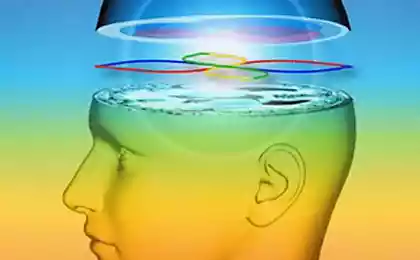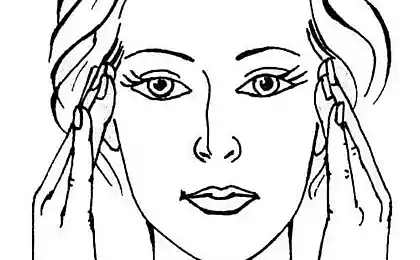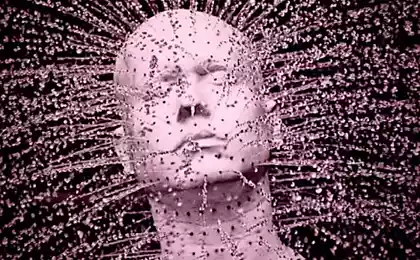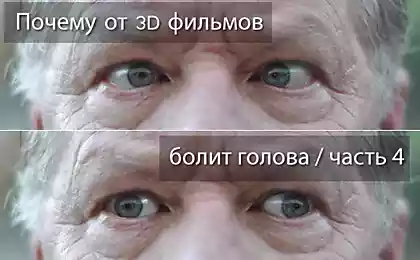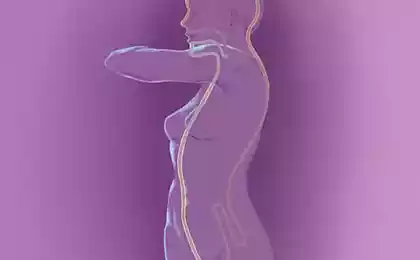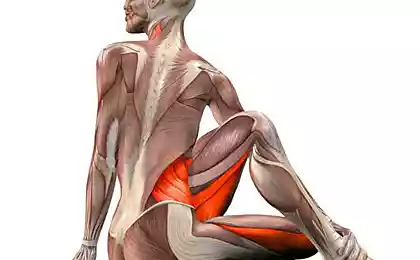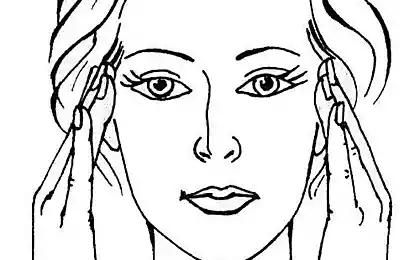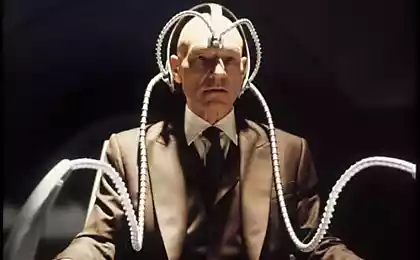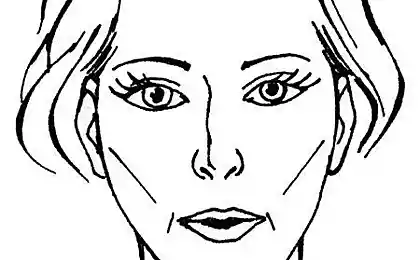239
The 16 Associations Exercise by Carl Jung
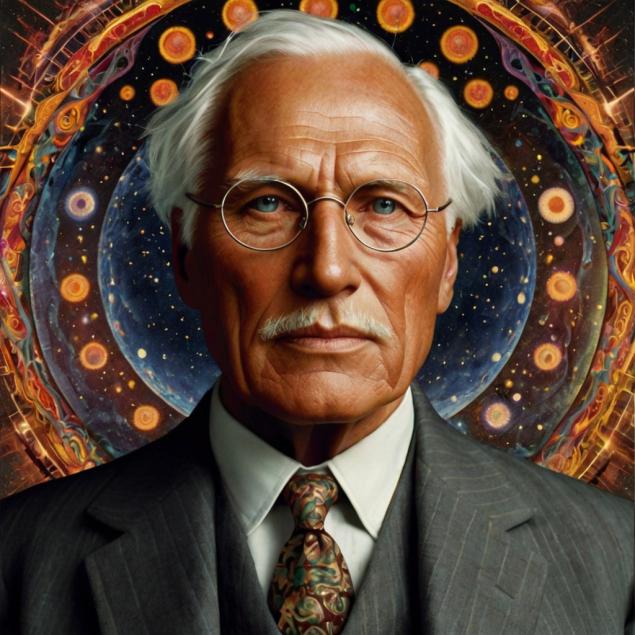
Introduction. In all areas of our lives – from self-development to creativity and interpersonal relationships – one of the key factors of success is the ability to better understand your own psyche. In the early twentieth century, the Swiss psychiatrist and analyst Carl Gustav Jung, a student and colleague of Sigmund Freud, laid the foundations of analytical psychology, which focused on archetypes, the collective unconscious and the symbolism of dreams. But no less important in his legacy is the wide range of practical methods of exploring the “hidden corners” of the soul. The 16 Associations Exercise (sometimes referred to as the 16 Associations Test) is one of these methods.
This exercise, according to Jung, allows a person to look at the unconscious part of their emotions and attitudes, literally “pulling out” unconscious associations and conflicts that affect behavior and decision-making. In this article, we will analyze the principles of the method, explain how it can be carried out yourself or with the help of a professional, and talk about what effect it can give for a better understanding of yourself and improving the quality of life. Given the long-term relevance of these techniques, we will try to avoid being tied to certain dates or circumstances: the material will be useful and interesting at all times, especially for those who seek deep self-reflection and knowledge of their own mental processes.
Where did the 16 Associations Exercise come from?
Jung was convinced that the human psyche is not just a set of reactions to external stimuli, but a complex structure in which elements of the conscious and unconscious play a symphony, often contradictory. To better understand this dialogue between the two dimensions of the mind, he developed various diagnostic techniques, including associative tests.
In the classic “associative experiment” that Jung conducted with patients, a person called the first word that came to his mind in response to the “stimulus word.” Reactive times, emotional pauses, repetitive motives, and other details were then analyzed. But the “16 Associations Exercise” is a more structured option that allows a person to independently (or with a therapist) identify the “pain points” or imperceptible connections underlying their actions.
- Why is that necessary? When people understand their unconscious patterns, they find it easier to resolve internal conflicts, build more conscious relationships, and feel the wholeness of life.
Why the 16?
There are several theories as to why Jung chose this number. Some researchers believe that 16 words are enough to affect different types of reactions without causing excessive fatigue. Also, 16 may represent a certain “minimum exhaustive set” for triggering the necessary psychological processes. In any case, the number itself has no mystical meaning – more important than the general principle: short, but carefully selected keywords that need to respond quickly and spontaneously.
How to conduct the exercise "16 associations"
To perform the exercise of 16 associations, you can use the following algorithm. For more accurate results, it is desirable to create a calm environment: turn off distracting devices or music, allocate 15-20 minutes of free time.
- Prepare a list of “stimulus words” (16 pieces). You can take a ready-made set of Jung’s techniques, or make it yourself, choosing words that seem significant to your life (for example: “mother”, “love”, “fear”, “money”, “success”, “death”, etc.).
- Take a pen and paper (or file on your computer) And create two columns: the first column is "stimulus words," the second column is your associations.
- Set a timer. For every 10 to 15 seconds, ask a friend to dictate a word. Your task is to write the first thing that comes to mind in 3-5 seconds.
- Fix every associationTrying not to analyze it for adequacy, logic or grammatical form. The main thing is an instant reaction.
- After Go back through the list and see what emotions these “stimulus-response” couples cause you. Perhaps there will be amazing connections or memories.
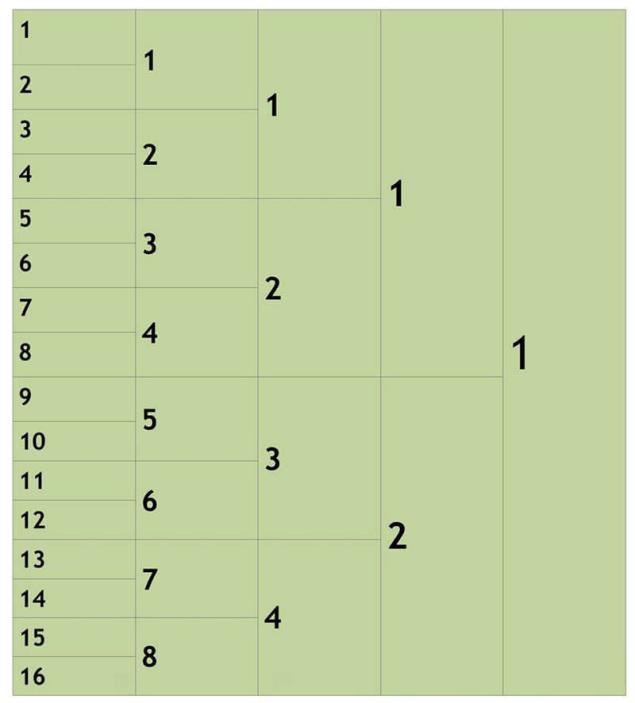
What can be learned from the results
Once you’ve filled in the “couples” of the word association, the question arises: what to do with all this? According to Jung, the key point is the analysis of “shifts” and “stuck”, that is, when you paused, doubted, or wrote down frankly non-standard answers. This may indicate internal conflicts or experiences associated with the chosen word “stimulus.”
- Examples: If the word “love” has an association of “fear” or “betrayal,” it can signal old emotional traumas that have not yet been worked out.
- How to work on it: You can write out additional circles of associations, analyze why such a response arose, what memories or feelings are behind it.
Additional analysis of pauses and expressivity
Some psychologists emphasize the length of the “delay” before a person names an association. It is believed that if the reaction was quick and emotional, perhaps it is a topic on the surface. If the delay is great, or the person “slows” with the answer, then there is some resistance or conflict in the unconscious. But it is important to remember that home conditions are not a substitute for professional analysis when it comes to underlying problems.
10 Signs That Exercise Has Worked
After conducting the “16 associations”, a person may experience different sensations and changes. Here are the 10 most common signs that indicate that you have managed to “touch” the deep layers of consciousness:
- Unexpected insights: You “suddenly” understand the cause of your fear or pattern of behavior.
- Emotional surge: You feel a wave of sadness or relief when you see associations.
- Awakening Forgotten Memories: Pictures from childhood or youth pop up in my head.
- Conflict awareness: You notice that the words “debt” and “rebellion” are often repeated to indicate internal discord.
- New ideas: Sometimes, when analyzing associations, creative solutions or inspiration for projects are born.
- The feeling of liberation: The experience of “psychological unloading”, as if some of the emotions driven into the depths finally came out.
- The appearance of a topic for conversation: You may want to discuss the results with a friend or therapist, opening up new dialogue formats.
- Developing empathy for yourself: As you become aware of the contradictions and vulnerable areas, you begin to be softer on your own mistakes.
- Increased curiosity about the self: You feel the desire to continue to study yourself, to expand the knowledge of the inner world.
- Incentive for further work: The understanding that an “open topic” can be a starting point for profound changes, whether in personal life or career.

When it is necessary to consult a specialist
The 16 Association Exercise can be done on its own, but in some cases, a therapist or psychologist may be required. For example:
- If you are concerned about prolonged depressive moods or acute anxiety.
- If during the exercise, a strong emotional reaction pops up (panic, tears, uncontrollable anger).
- If you want to use the test results not only for curiosity, but also for profound personal change.
Why Jung’s method is still relevant today
It may seem that the techniques developed by Jung more than a century ago are outdated against the background of modern technology and neuroscience. However, practice shows that the associative test perfectly complements modern psychotherapeutic approaches - for example, cognitive behavioral therapy, gestalt or transactional analysis. It works at the expense of the fundamental mechanism of our psyche – “verbalize the unconscious”, translate hidden emotions and ideas into words, which gives us a point for further work.
- Feature: Its simplicity and minimal dependence on complex equipment make it accessible to anyone interested in introspection.
- Flexibility: You can replace stimulating words by forming a test for relevant topics (relationships, work, self-esteem, etc.).

Conclusion
The 16 Associations Exercise is a small but profoundly significant tool that dates back to Carl Jung, one of the greatest speculative reformers of psychology and psychotherapy. Working with this method, a person gets into the “laboratory” of his own consciousness, where you can see the threads that connect hidden emotions, childhood impressions, stereotypes of behavior and current conflicts into a single pattern. Due to its simplicity and versatility, the test is available both for independent use and under the guidance of a specialist. The results can be impressive, from the simple surprise of “Why do I associate the word ‘love’ with ‘fear’?” to major life discoveries motivating change in habitual scenarios.
In a world where superficial “life hacks” and short-term motivation are popular, exercises based on the Jungian approach allow you to really dig deeper. And if you feel that your life has reached a dead end or you are worried about incomprehensible contradictions, perhaps you should take a piece of paper and try the 16 Associations. As Jung said, “The attainment of one’s own shadow is the first step to the true development of one’s personality.” Let this exercise be a doorway to conscious renewal and a more holistic vision of yourself.
Be yourself: 10 things that will happen when you become real
How to live negative emotions, so as not to drain energy on them: Descartes’ method



